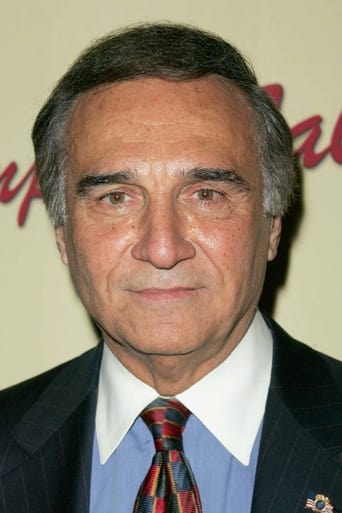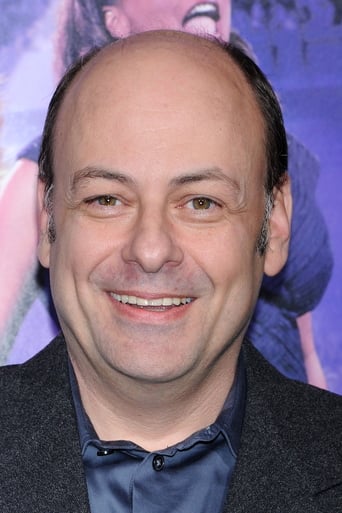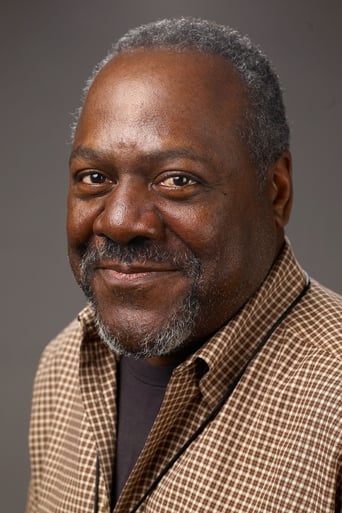dougdoepke
In this movie, ambition overreaches result, and the usually clear-sighted John Sayles flounders. There are moments of brilliance, as when the camera turns sharply to pick up new threads in the sprawling interweave of city intrigue that composes the central theme. But the sprawl ultimately proves too unwieldy for even Sayles' considerable talent. I only wish he had succeeded. The backdoor machinery of city politics needs sensitive treatment of the kind Sayles can deliver. But the script falters and the characters seldom rise above uninteresting stereotype. If its true that too many cooks spoil the soup, it's also true that too many soups spoil the cook, no matter how versatile the latter. Here, director-producer-writer-actor Sayles simply raises more urban issues than he deals with effectively: police corruption, brutality, racism, homophobia, kick-backs, drugs, influence peddling, organized crime, with a symbolic love story thrown in - in short, the whole 9 yards that keeps cities operating. Unfortunately, the end result is a force field that pulls apart rather than brings together, making the whole effort appear pointless.Too bad, because such unconventional scope requires unconventional methods of the type Sayles attempts. But I'm not sure it's possible to force such a life-sized tapestry into an ordinary two-hour time frame. Perhaps something on the order of a Godfather trilogy with a central focus on the Nicky character would accommodate the filmmaker's expansive vision. Trouble is, political mavericks and independents like Sayles seldom get the financing necessary for following through. Looks like he may be consigned to work the fringes in the brilliant and committed fashion of Matewan and Eight Men Out, for which there is nevertheless always an audience.
tieman64
John Sayles directs "City of Hope". With an atypically fluid camera he weaves his way in and out of a fictional city, dipping into the lives and stories of over 40 characters. As always with Sayles, racism, crime, blue collar anxieties and political corruption are the points of interest.It's a big soap opera, and the dialogue rarely rings true, but the sheer ambition of the film nevertheless wins us over. Sayles opens on Nick Rinaldi, a young man who has spent his life getting free rides from his mafia connected father. Searching for autonomy, Nick quits the easygoing contractor's job provided by his Dad and sets out to make it on his own. Other characters are then introduced: an alderman looking to heal the black inner city, hoodlums trying to make a buck by playing the rich against the poor, contractors who face various moral problems, drug addicts and dope fiends on the streets, city mayors and politicians, lowly builders, two black kids who are perpetually hassled by cops, a professor who is falsely accused of abuse, black militants, the "white establishment", body shop owners plagued by crime...and on and on it goes.The film's title is ironic; there is little hope in sight. All of Sayles' characters seek to extricate themselves from a crumbling society, seek to find some form of flight, but escape is shown to be impossible. The social fabric is too dense, everyone is too connected (yet too bent on individualism), every action has too much of a knock on effect on every other character, for emancipation to prove successful.Aspirations are raised and discarded by Sayles, the wants and needs of some directly affecting the wants and needs of others. Characters are constantly breaking either rules, beliefs or souls, everyone pushed into making compromises, all of which have far reaching effects. This is urban life as warfare, the cast struggling to dodge ripples and repercussions. Take a character called Joe, who makes a deal with the mayor's office which unfortunately eventually leads to the death of a young woman and her baby. It's a domino effect Sayles hopes to capture, a city whose inhabitants believe themselves to be divided, at odds, but are in actuality inextricably connected.For all its ambitions, Sayles' work here is actually fairly superficial (it's a pre WW2 version of leftism). His characters are stock, walking mouthpieces with obvious character arcs, and he rarely goes beyond a kind of one-dimensional understanding of society. It's a film which only pretends to offer complexity, and if you've seen "The Wire", or read some Balzac, you'll find that Sayles lacks a certain sophistication. That said, the film becomes increasingly engrossing as it progresses, and its structure was somewhat novel back in the early 90s (only Kasdan, Spike Lee and Altman were doing similar things).Some have compared the film to Altman, but Altman's working methods are completely different. Altman's ensembles are subtle, improvised, like jazz. Sayles, in contrast, is foremost a writer. All his camera moves and characters are locked in, sealed, rigid. Where Altman's world is indeterministic, gracefully chaotic, Sayles' is blunt, rigid deterministic, his characters not allowed to escape the ink of his pen. It's closer in tone and outlook to early Spike Lee.7.9/10 – Worth one viewing. Watch "The Wire" instead.
stbhoward
A fantastic movie. Superb. Excellent. A keeper. I am definitely going to rent and re-view Brother from Another Planet. Ensemble type of movie. Low-key score. Dead on performances--everybody tight and sticking to the story, no histrionics or dopey movie-star closeups. If there's a continuum of corruption movies with On the Waterfront on one extreme (intrusive score, ridiculous script, pandering to gorgeous movie stars) and Hands Over the City on the other (realistic portrayal of life with Rod Steiger and lots of extras), then this movie was closer to Hands Over the City. It's not neo-realism, but the way in which everyone's history haunts and thwarts them was excellent. And of course, the last scene is something to rewind and watch over and over again.





